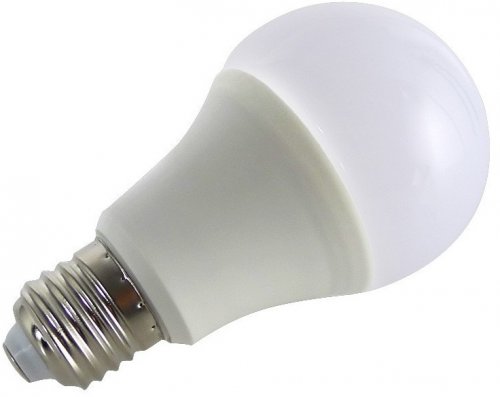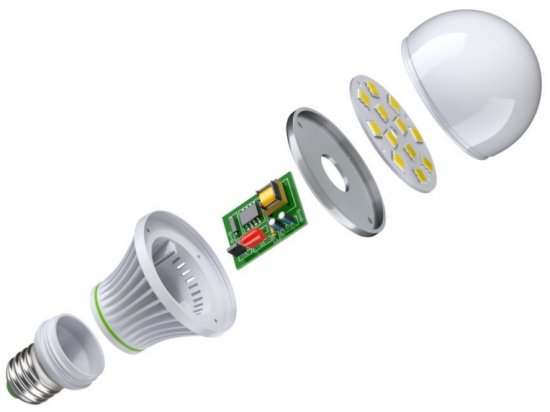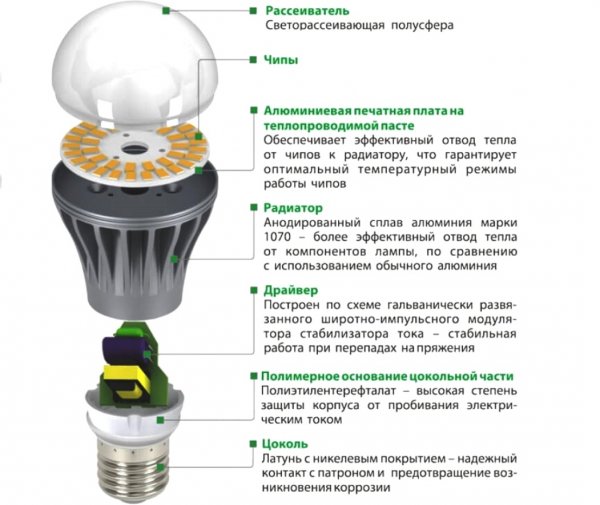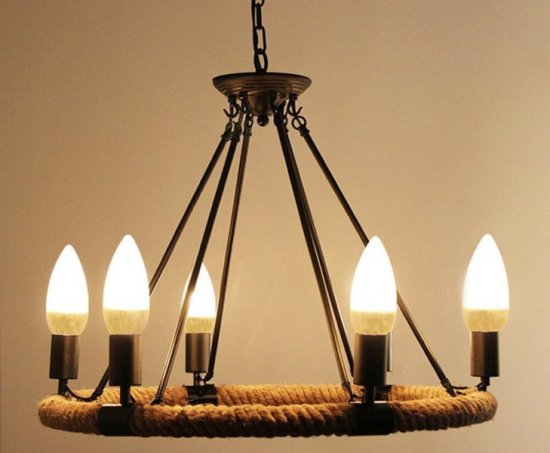The device and principle of operation of the LED lamp
The LED lamp is a light source based on LEDs… LEDs are special semiconductor devices that are designed specifically to receive light when an electric current passes through them.
Unlike incandescent bulbs, LED bulbs are more efficient. And while an incandescent lamp converts about 5-10% of the electrical energy supplied to it into light, an LED lamp has an efficiency of about 50%. In general, LEDs are 10 times better in light efficiency than incandescent lamps.
LEDs generally require a low DC voltage in the region of 2 to 4 volts per LED to be powered. If we talk about LED modules, which are always used in LED lamps, then LED circuits usually need more than 12 volts.
This means that in any case the voltage of the 220-volt network must first be converted, then lowered and stabilized. Then the LEDs inside the lamp will be properly powered, will not overheat and fail prematurely.The typical life of a quality LED lamp, as claimed by the manufacturer, is 50,000 - 100,000 hours.
As a finished product, the LED lamp always includes at least four components: a diffuser, an assembly with LEDs on the board, a driver - a converter and a base. The base here is like a regular lamp, for a standard E27 or E14 socket. In addition to the base, the similarity with an incandescent lamp ends with the similarity of the shape of the diffuser.
Then there are differences. And the diffuser here is plastic and not glass at all, because the density of the LED module is not needed, and plastic will withstand temperatures up to 100 degrees without problems. So the absence of glass is fully justified and plastic is used appropriately. In addition, it is not as fragile as glass.
At the base of the lamp, between the base and the diffuser, there is an LED node and a driver, which is also called an electronic ballast. The driver is designed to convert the mains voltage into a constant low voltage that is suitable for powering an LED module.
There are cheap lamps where the driver is practically absent, and its place is taken by a quenching capacitor with a rectifier. This is a very unreliable solution, because such a simplified circuit does not protect the LEDs from voltage spikes in the network, and it is important for the LEDs that their supply voltage (and hence the current) is stabilized.
Better LED bulbs have more reliable drivers inside. A full-fledged microcircuit driver, which is a stabilized step-down converter, is the best solution for LEDs, since the stabilization of the output implies the possibility of voltage spikes at the input, which will be smoothed out by the circuit and will not damage the LEDs.
LED current and voltage stabilization is always achieved by using a dedicated soft-start driver chip. In this case, the LEDs will serve long and reliably, since their operating mode will always be within safe limits.
The LED module is the heart of the LED lamp. SMD LEDs of various standard sizes are commonly used. Series circuits are assembled from LEDs that are connected in parallel with each other and in this form are soldered on the circuit board. Depending on the size and power of the lamp, for example, two parallel circuits of 14 serially connected SMD LEDs for a total power of 9 watts can to be installed in it.
See also:Linear LED lamps and their use




